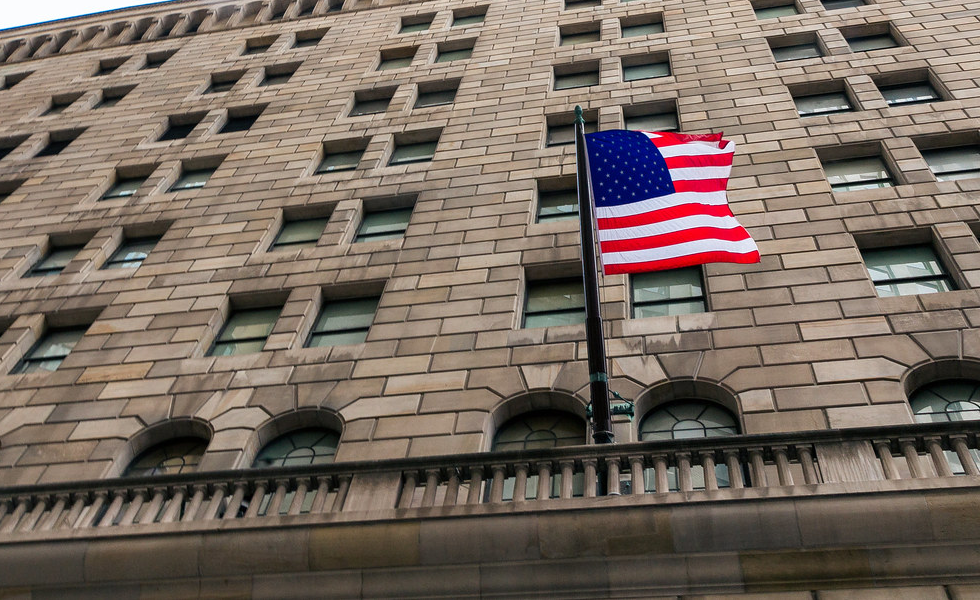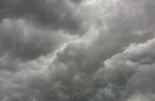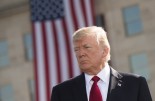T. Rowe Price: No change in federal fund rate expected tomorrow

The Federal Open Market Committee ("FOMC”) will announce its decision tomorrow. Since the May 31st remarks from incoming Fed vice-chair Jefferson, the market and consensus expectations have been aligned in expecting no change in the federal fund rate at the June meeting, but the probability of a hike in July also increased.
The Fed is likely to skip hiking at tomorrow's meeting. Chair Powell and the Fed leadership in recent comments sounded relatively dovish, which I interpret as signalling a June skip while leaving the door open to another rate hike down the line. More importantly, I interpret the current focus on data dependency as responding to the trend, not the month-to-month ebbs and flows in economic indicators.
With policy already restrictive, more spaced-out hikes seem appropriate. At the same time, the recent improvement in the housing data and still strong employment numbers illustrate how finely balanced the risk-rewards are for the Fed. They cannot let go of their inflation fight. For this reason, I remain strongly convinced that policy easing is not on the cards this year and that the next move is more likely to be a hike than a pause.
The FOMC will release an updated set of forecasts at this meeting where I expect the following changes:
-
Dot plot will likely show one more hike in 2023, which would leave the door open to further tightening. If Powell follows through during the press conference with “guidance” that the next hike could come as early as July, I think it would be a hawkish outcome. If Powell tries to push the next hike to September, I would interpret that as dovish. It would also be a sign that the doves in the FOMC are getting the upper hand and there is not very strong support for increasing rates further from here.
-
The unemployment rate projection for 2023 to be revised lower. In March, the projected rate for Q4 2023 was 4.5% and even with the latest uptick in the unemployment rate (“UR”) to 3.7% the March forecasts seems too high in my view. The implication of a lower UR forecast is that it would reinforce the tightening bias of the FOMC.
-
Core Personal Consumption Expenditures (“PCE”) will likely be revised slightly higher reflecting upside surprises in the data. The projected persistence in inflation would serve the same purpose of reinforcing the hawkish tone to what is ultimately a meeting during which the FOMC seems set to leave rates unchanged.
Risks to my view:
-
The dot plot could show two more 25 basis point rate increases for this year, which would imply the Fed continues to hike until the end of the year following the cadence of hiking at every other meeting. Such a projection would further reinforce the FOMC’s tightening bias and push back against expectations of policy easing. I do not think this is likely, however, because the Fed is cautious about causing big swings in market pricing and putting undue stress in the financial sector after the Silicon Valley Bank episode. In addition, giving guidance about the potential policy path six months down the line would go counter to their pivot toward maximum data dependency.
-
The dot plot could show no more hikes are expected later this year. This would be a dovish outcome and suggest I have underestimated the reluctance of the doves in the committee to tighten policy further and their influence on the Fed leadership.
Finally, I think there is a case to be made that risks to the federal funds rate increasing to 6% or beyond are limited. One aspect of the labour market data can illustrate this. During the past year, job switchers benefited from higher wage inflation than job stayers driven by high labour market turnover. Wage inflation for job switchers outperforms job stayers during upturns, but the gap this time around is larger.
However, as the number of job leavers relative to job losers has fallen, I expect this to lead to slower wage inflation that will exert some downside pressure on services inflation. There is also limited scope for the Fed to cut interest rates this year given that both core goods and services inflation remain above the long-term trends that allowed the Fed to consistently keep inflation at or below its target.








